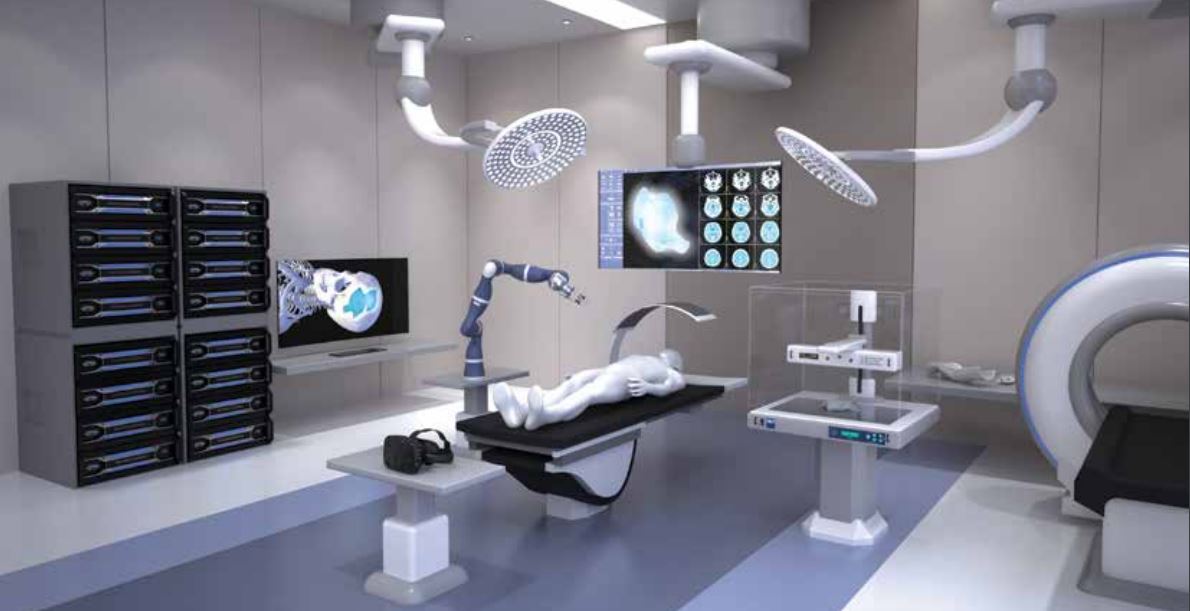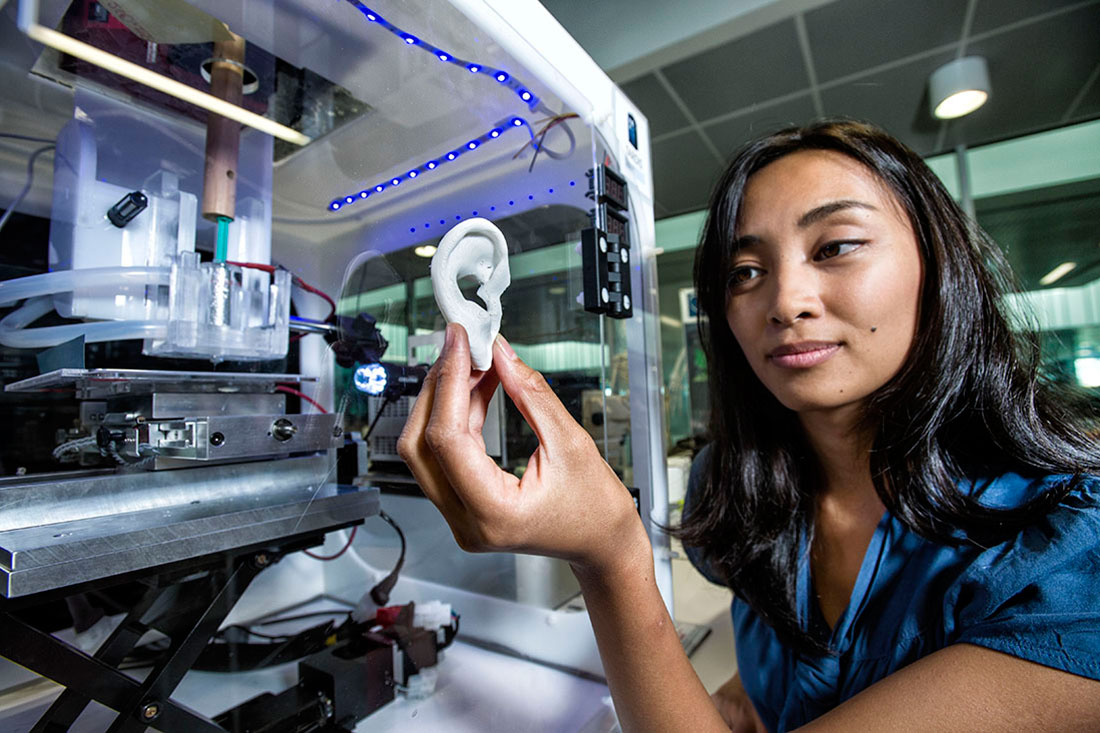Hospital to get first dedicated 3D tissue-printing facility
You still can’t get a 3D-printed liver transplant made from your own cells, but an Australian hospital is trying to push the tech into the mainstream. The Queensland University of Technology (QUT) in Brisbane is building a dedicated “biofabrication” space where doctors and researchers can develop tech to model and print cartilage, bone and other human tissue. “It will be the first time a biomanufacturing institute will be co-located with a high-level hospital,” said Australian Minister of Health Cameron Dick.
The facility will occupy two floors of the hospital and use state of the art tissue manufacturing tech in surgery procedures. “Our vision for healthcare is that the biofabrication institute will pave the way for 3D printers to sit in operating theaters, ready to print tissue as needed, in our hospitals of the future,” Dick said.
It’s still early days for 3D tissue and medical implant printing, but QUT is one of the facilities pushing the limits, along with Wake Forest, Harvard University and others. Researchers have grown (but not 3D printed) bladders from patients’ own cells and successfully transplanted them, and attached human ear prostheses made (in part) from living tissue. Building more complex organs (like highly sought kidneys) has proven a challenge, however, because it’s hard to supply blood and keep them alive for longer than a few months.

Biofabrication shows the most promise for less complex body parts like cartilage and bone. “A lot of the implants we are developing, we can implant into a patient and as the tissue grows back, it is not rejected, the scaffold will reabsorb over time and the tissue will grow even more and eventually the implant is gone,” says Associate Professor Mia Woodruff. “We don’t always have to use metallic implants any more, we can develop really high-spec composite materials that dissolve as the tissue heals.”
However, the big prize would be the ability to 3D print a rejection-proof organ built from a patients’ own cells. “We are not going to be able to 3D print an organ tomorrow but what we are able to do is bring together the researchers, the clinicians, the patients, the engineers, the intellect and industry partners to be able for us to develop new technology to the level where it can be translated into the clinic,” Woodruff says.
(27)















